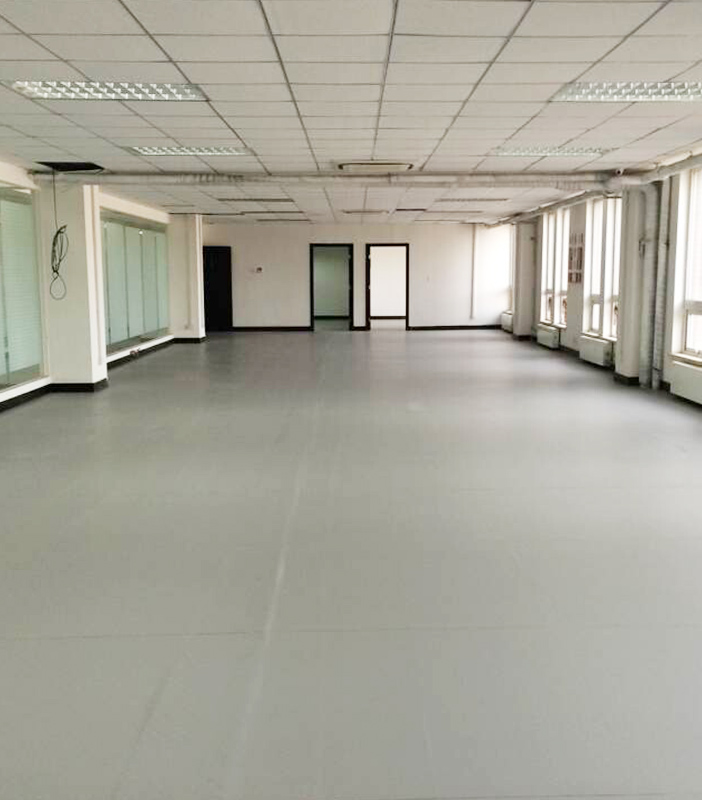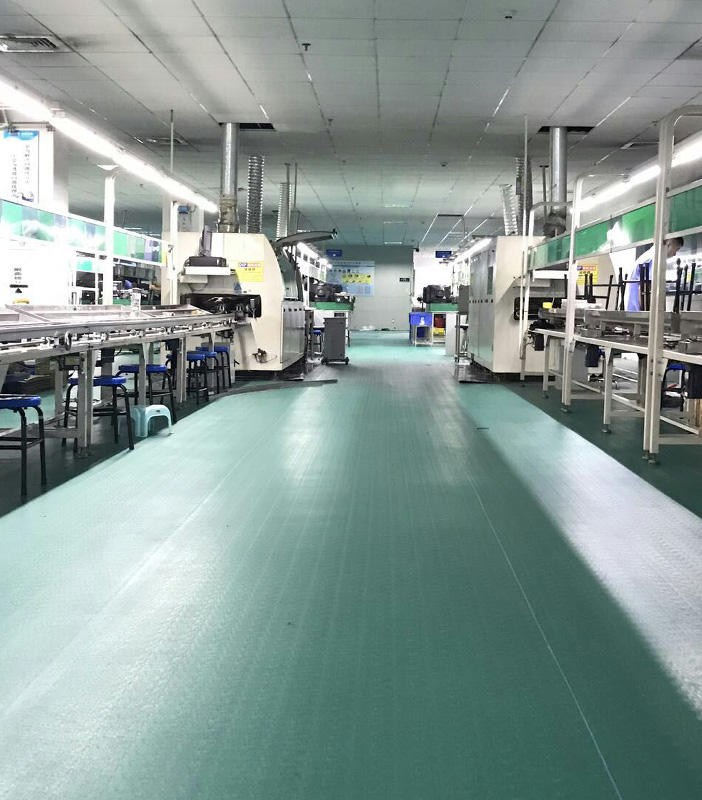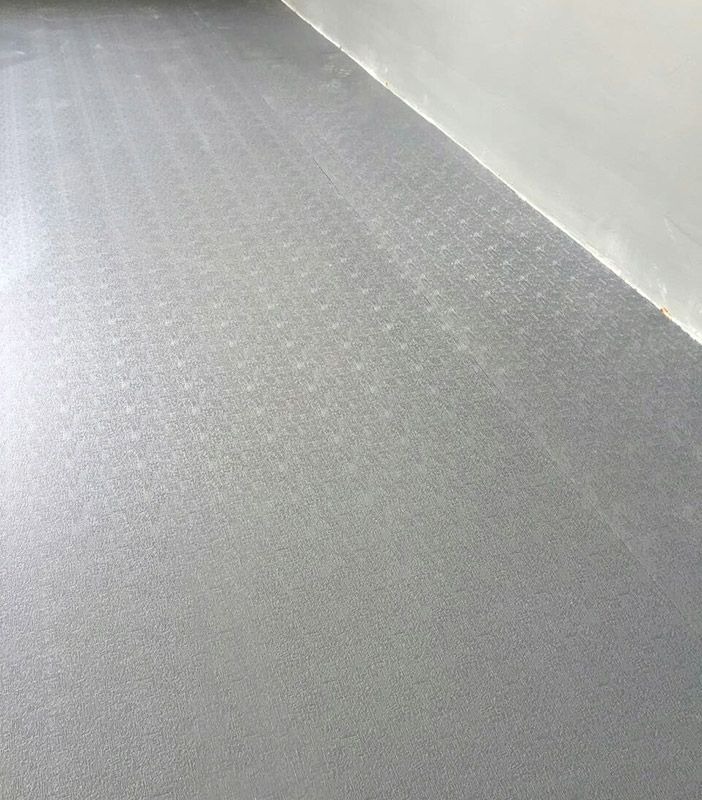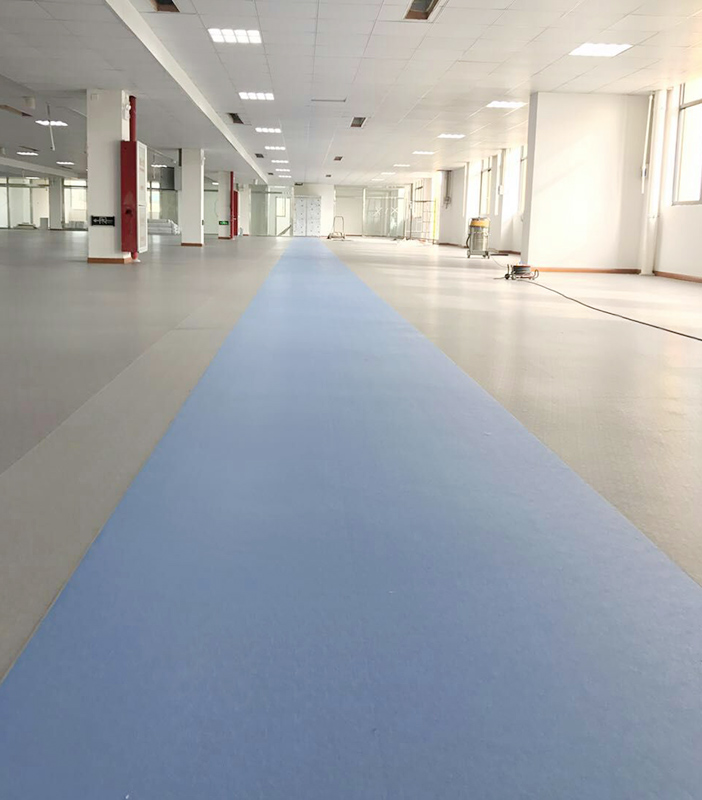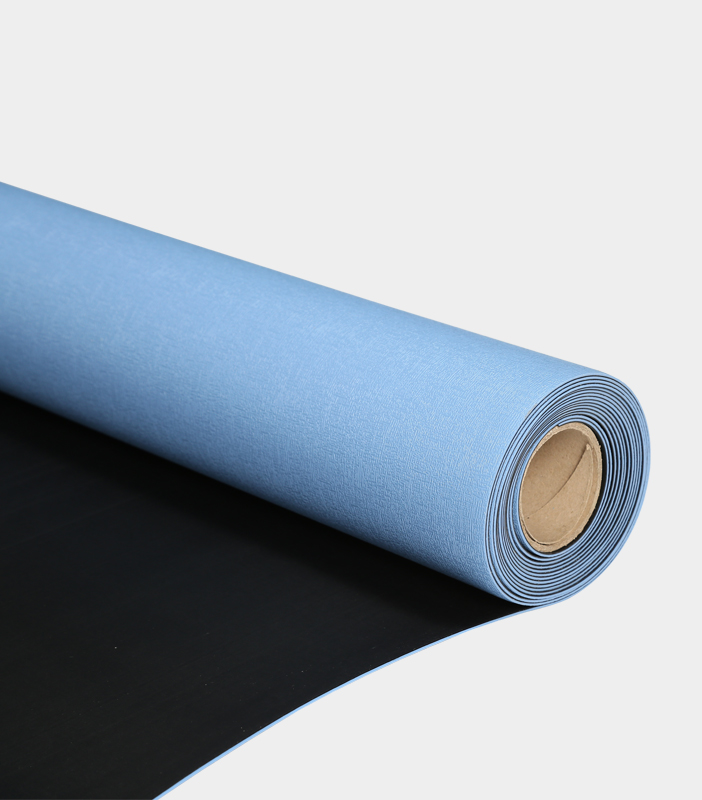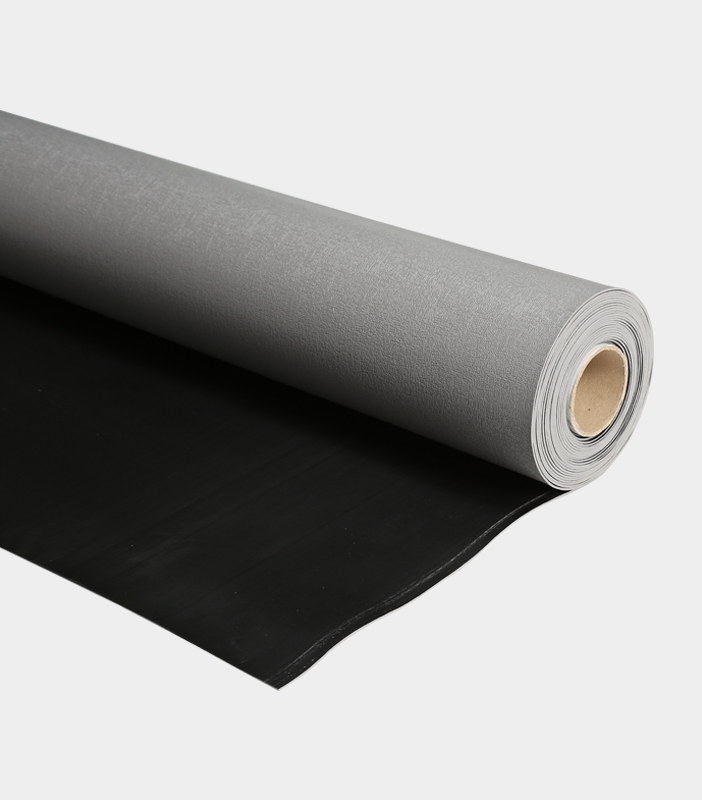China Design ESD Table Foam Mat Supplier Company For Sale
ESD foam mats are increasingly recognized as a critical component in ensuring the safety and efficiency of manufacturing environments.
Electrostatic discharge occurs when there is a rapid transfer of electrical charge between two objects. This phenomenon can result in damage to delicate electronic components, causing malfunctions or failures. As electronic devices become more intricate and sensitive, the risks associated with ESD have intensified, making protective measures essential.
ESD foam mats serve as a barrier against static electricity, creating a safe workspace for handling sensitive materials. Constructed from conductive or dissipative materials, these mats allow for the controlled dissipation of static charges. By utilizing ESD mats, companies can significantly reduce the risk of damage to their products, ensuring greater reliability and quality in their offerings.
The use of ESD foam mats extends beyond the electronics sector. Industries such as telecommunications, automotive, and medical device manufacturing are also adopting these mats to safeguard their products. In environments where electronic components are frequently assembled or tested, ESD mats play a vital role in maintaining the integrity of these items.
These mats are often placed in assembly lines, testing areas, and repair stations. By providing a static-safe surface, they help ensure that workers can perform their tasks without the risk of ESD-related incidents. This commitment to safety not only protects components but also fosters a culture of quality within organizations.
Recent advancements in ESD foam technology have focused on enhancing both performance and comfort. Manufacturers are developing mats that are not only effective in dissipating static but also durable and comfortable for users. This includes improvements in material formulations that offer greater resistance to wear and tear, ensuring that mats retain their effectiveness over time.
Furthermore, the design of ESD mats is evolving to meet ergonomic needs. Mats that provide cushioning helps reduce fatigue for workers who stand for long periods. This focus on user comfort enhances productivity and contributes to a healthier work environment.
As industries become more aware of their environmental impact, there is a growing push for sustainable practices. Manufacturers of ESD foam mats are responding by utilizing eco-friendly materials and production methods. This commitment to sustainability not only aligns with regulatory requirements but also meets the demands of consumers who prioritize environmentally responsible products.
By incorporating recyclable materials and small waste in the production process, manufacturers can reduce their ecological footprint. This shift towards sustainability is expected to resonate positively with customers and stakeholders alike.
While the ESD foam mat market is expanding, manufacturers face several challenges. Fluctuations in material costs can affect production budgets, and supply chain disruptions may impact availability. To remain competitive, companies must navigate these obstacles while ensuring consistent quality and performance in their products.
Additionally, staying attuned to evolving customer needs is crucial. The electronics industry is characterized by rapid changes, and manufacturers must be agile in adapting their offerings to meet new demands.
The growing importance of ESD foam mats in manufacturing underscores their role in protecting sensitive electronic components. As awareness of ESD issues expands, these mats will remain a vital asset in ensuring quality and reliability in a wide range of industries.

 简体中文
简体中文 English
English España
España Deutsch
Deutsch